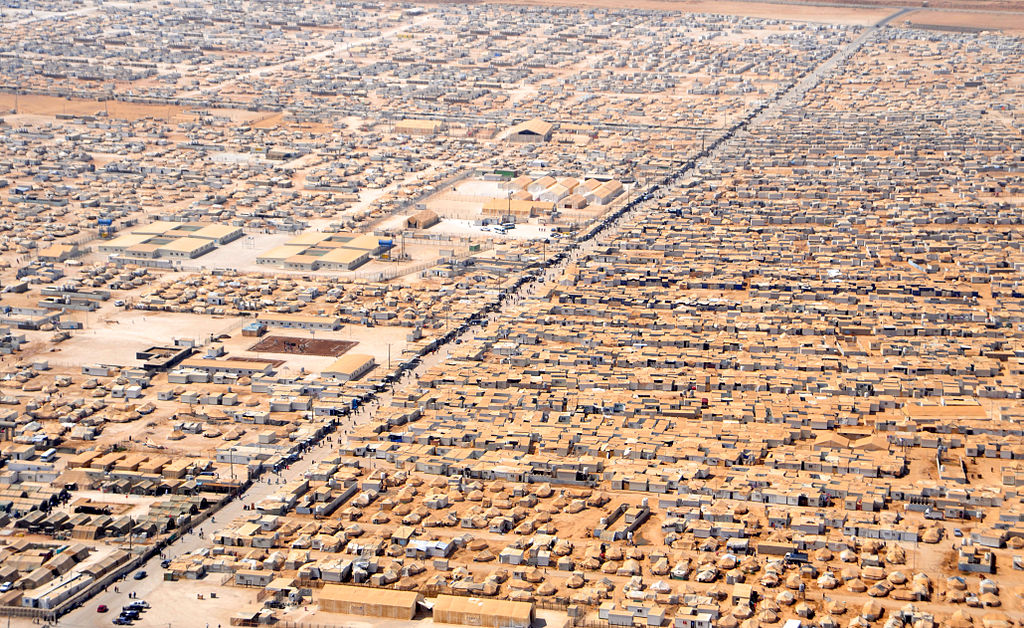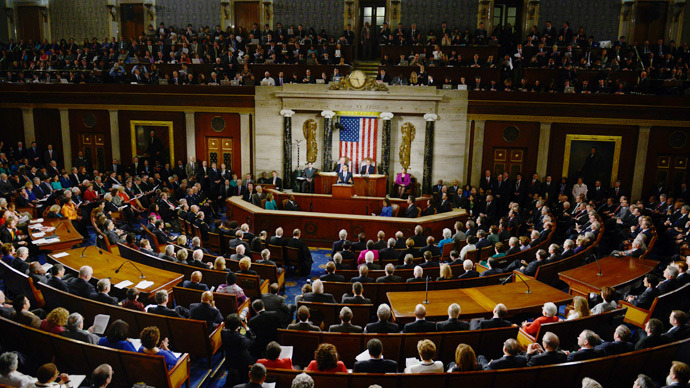Since the beginning of the Syrian conflict, between rebel forces and forces loyal to President Bashar al-Assad’s regime, more than 100,000 individuals have lost their lives and over 9 million individuals have been forced from their homes. This current refugee crisis is a result of not only the civil war, but dates back to 1963, when the military-led Ba’ath party took control of Syria, creating a strong authoritarian state promoting anti-Western policy and imposing harsh punishment towards any domestic opposition.
During the 2011 Arab Spring in Syria, government opposition inspired by events in Tunisia, Egypt and Libya, led Syrian security forces to use tanks, gunfire and mass arrests as a means of force against the uprisings. The Arab Spring demonstrations and protest in Syria became increasingly violent as rebel forces battled government forces in an effort to remove President Assad and the Ba’ath party from power, plunging the country into a civil war. This civil war has created one of the largest refugee crises in recent history, with more than 2.5 million Syrian citizens fleeing the state into neighboring states.
As conditions in Syria have deteriorated, the migration of its populace has accelerated dramatically with Homs and Aleppo accounting for the largest number of citizens being forced to relocate. This has created political, financial and social burdens for neighboring states which have seen the influx rise exponentially in recent years. Lebanon, Jordan and Turkey have taken the majority of Syrian refugees, with Iraq, Egypt and North Africa not far behind.
Lebanon has been flooded with the highest proportion of Syrian refugees, increasing the state population by 25%. Most refugee camps are situated less than 4km from Beirut, in the predominantly Shia district of Dahiyeh. In an area no bigger than 1.3 sq km and housing more than 10,000 Palestinians and Syrians, the refugees live in desperate conditions. The growing number of inhabitants means that the need for more housing has increased. As the camps are prohibited by Lebanese authorities from expanding outwards, they have become more densely compacted. Many of these ‘breeze-block’ houses are made up of rooms no bigger than 25-30 sq.m and are only a few stories high. The combination of a large population living in such close proximity has given way to sanitary concerns and has increased the spread of disease.
The Zaartari refugee camp, located in the Jordanian desert and only 12km from the Syrian border, houses more than 130,000 Syrian refugees with 2,000 newcomers coming into the camp each day. The world’s second largest refugee camp, Zaatari is made up of 30,000 shelters and administration units that cost $500,000 a day to manage. Of the 30,000 buildings, only three are hospitals.
As of 2014, the UNHCR has appealed for $3.7 billion for the provision of food, shelter and protection of Syrian refugees, but has yet to meet its financial goal. With the rise of the Islamic State in Iraq and Syria (ISIS), the refugee crisis has only been exacerbated. Syrian Kurds have been forced to flee to Turkey, fearing the brutality of ISIS forces and seeking a safe refuge amidst the violence in the region. With the U.S. and its allies engaging in airstrikes against ISIS, the lack of stability in Syria continues to be a driving concern, forcing even more Syrians to move across their border, adding to one of the worse humanitarian crises of our time.




